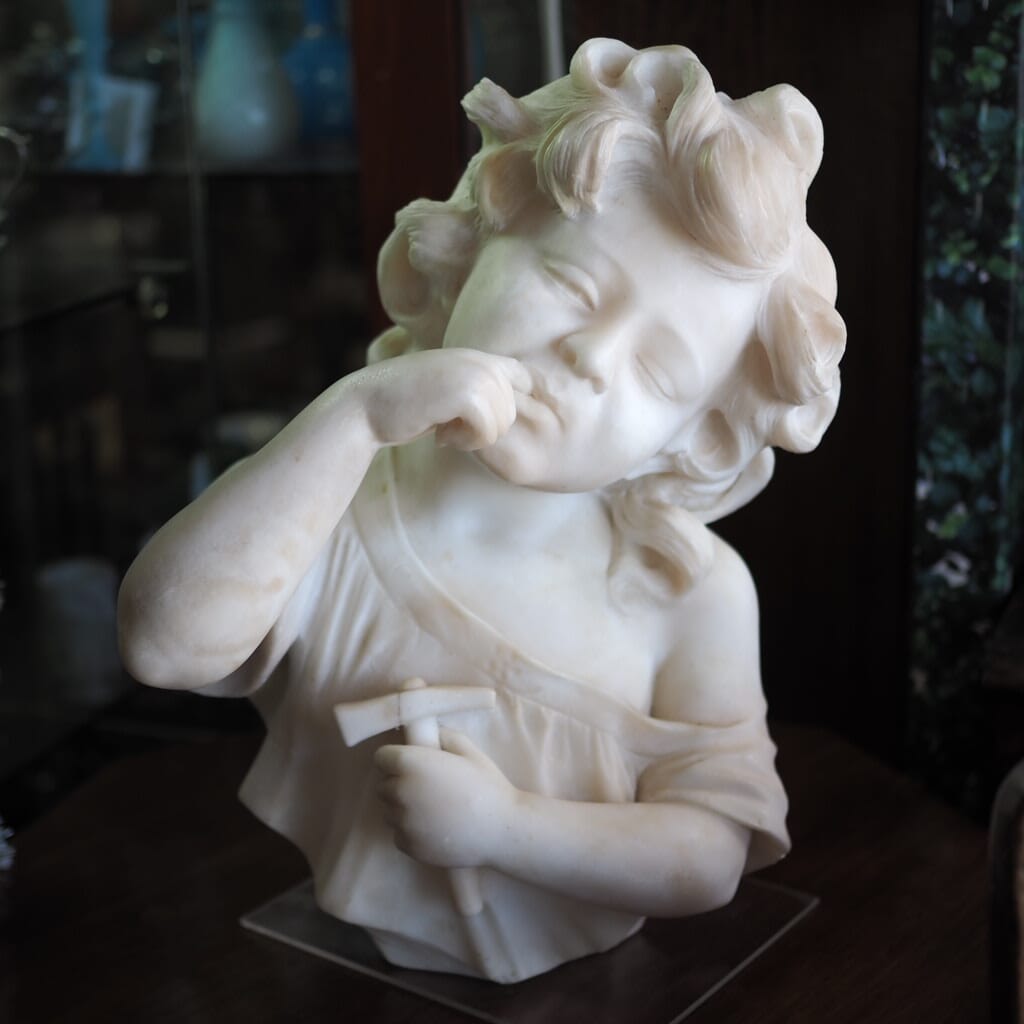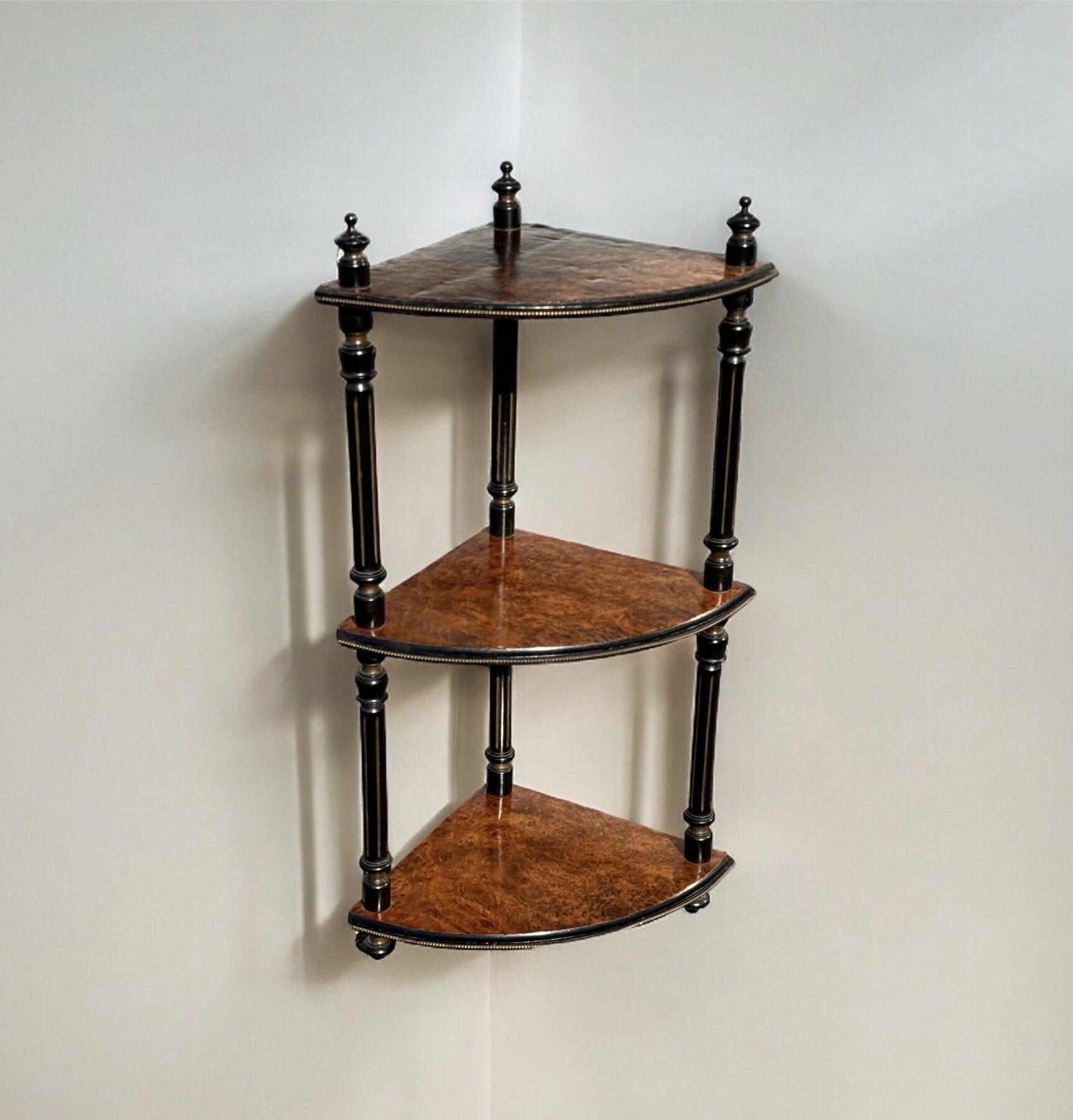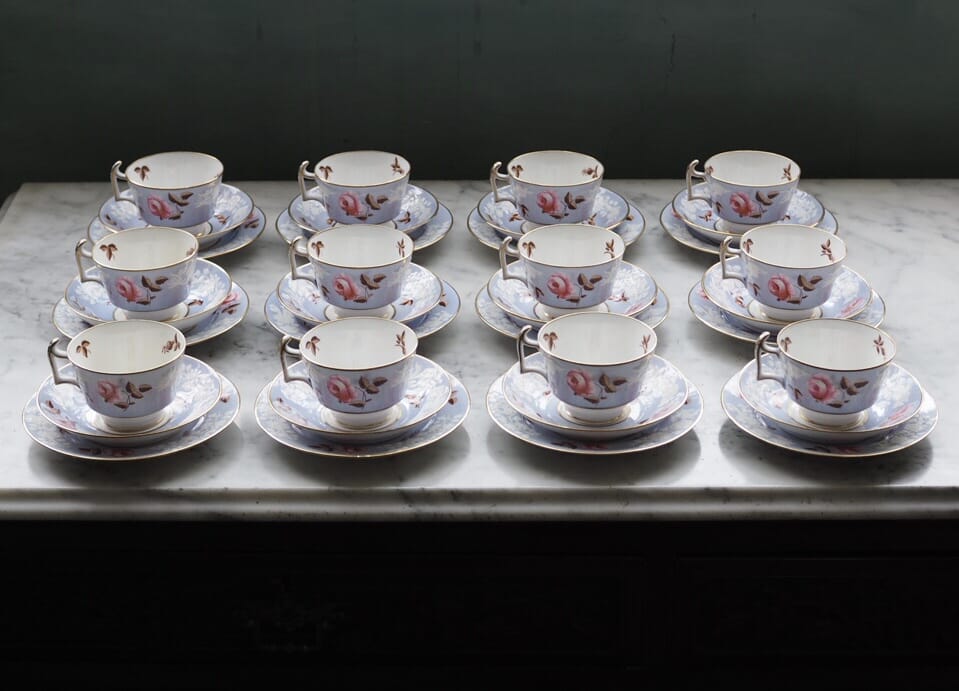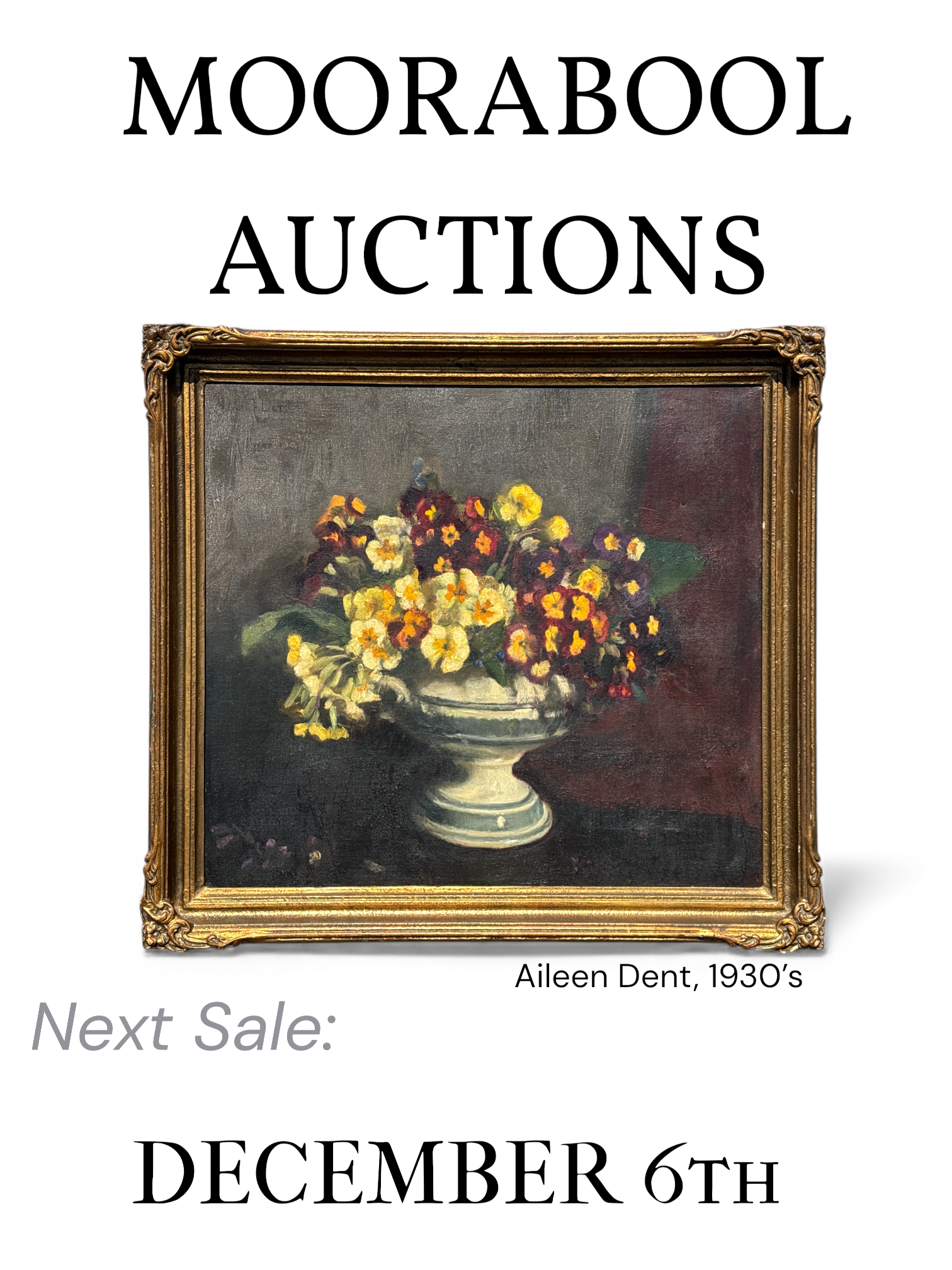Sterling Silver helmet-shape milk jug, Sheffield late 19th c. Fraud!
Sold
Late 19th century Sterling Silver milk jug, of helmet shape, with elegant curved handle, the body with engraved lines to rim, a central reserve with initials ‘JJC’ to one side , the other blank.
Hallmarked for Sheffield 1797, also ‘TL’ for an unknown maker –a mark used in documented ‘fraudulent’ pieces of Sterling Silver produced/retailed by Reuben Lyon in the late 19th century.
Late 19th century
10.5cm
91.46gms
Condition: signs of old repair to handle, some scuffs & dents, displays well & very usable.
The fraudulent nature of this piece of Sterling Silver is an interesting study.
The hallmarks are clear, and ye have something different about their wear; particularly notable is the background, which shows up lumps & bumps not usually seen in hallmarks. This is because normal hallmarks verified at the assay office have been struck into the piece using a die, with a flat end incised with the initials; the background is therefore flat. The bumps indicate this piece is cast at the time of making, something that is only done by a forger.
This maker’s mark ‘TD’ appears to be copying T.P. Dexter’s mark, which was only registered in 1805. As the registry of marks was not published or accessible in the 19th century like it is now, it would not have been possible for a forger to look up the active dates of a silversmith. In this case, it is a decade out, making identification easier.
In 1899, the London Goldsmith’s Company published a booklet to expose a group of fakes they had detected and destroyed recently. At the premises of silversmith Reuben Lyon of Holborn 500 fraudulently hallmarked ‘Antique’ pieces were found by officers of the Goldsmith’s Guild (and destroyed), and the hallmarks of ‘around 50’ makers on the pieces recorded and published. The ‘TD’ mark is one of them.Interestingly, an article written about forged silver at the time refers to the technique of casting marks, ‘…adopted by a forger a year or so ago, who recieved his due punishment…’ This suggests the evidence of casting in a piece puts it into an 1890’s context, 100 years after the marks they were depicting.
This was a time of intense interest in English Silver from the Georgian period, especially by the Americans – and the occasional Australian. This jug came from a local source, and may well have been imported into Australia as an ‘Antique’ around turn of the century, despite it being pretty recently made!Read more on the Reuben Lyon pieces here >
| Condition | |
|---|---|
| Size | |
| References |
Sold - let us find you another










